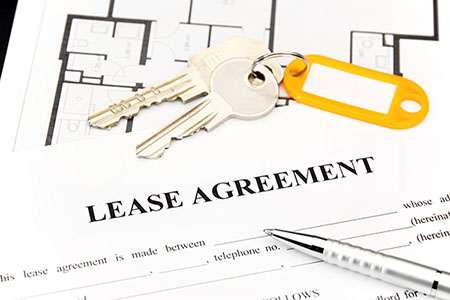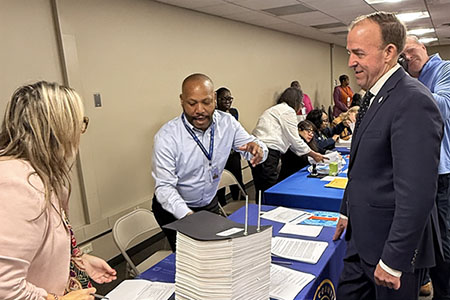
Reassessment increases are expected to send real estate tax bills soaring. With occupancy rates doing better, hefty rent increases will likely follow. Probably around next spring and summer, when new leases are being drafted.
(Above) Old Town and Gold Coast neighborhoods of Chicago. Nov. 17, 2022 – With Cook County property tax bills expected to be mailed by December 1 and due December 30, most Chicago apartment dwellers should expect rent increases in 2023. Landlords should be able to view the long-delayed second installment of the 2021 tax bill online as early as November 15 or November 16, “assuming there are no glitches,” said Cook County Treasurer Maria Pappas, who is responsible for sending out the bills and collecting payments. Taxpayers – including homeowners and landlords – will be able to download their bill to print and mail in their payment, pay online at the Cook County Treasurer’s website, at Chase bank branches, or in person at Pappas’ office downtown. North Side landlords – especially commercial property owners – are especially nervous because the second installment of the 2021 bill will reflect hefty reassessment numbers in Chicago passed on by Cook County Assessor Fritz Kaegi. Reassessment increases of 38 to 55 percent in Lincoln Park and Old Town are expected to send real estate tax bills soaring. Hefty rent hikes likely will follow in the spring and summer of 2023 when new leases are drafted. Rent hikes especially steep downtown Rent growth in the Windy City soared in 2021 when the pandemic drove up prices rapidly, especially downtown, where rents rose more than 30 percent, reported Integra Realty Resources, a consulting and appraisal firm. A 1,000-square-foot luxury (Class A) apartment in downtown Chicago rented for $3,370 per month at the end of 2021, up from $2,550 in 2020, when pandemic-battered landlords were offering huge incentives.
By the end of 2021, the downtown occupancy rate rebounded to 94.7 percent, reported Integra, which forecasted five percent rent hikes downtown in 2022. For renters who can’t afford luxury apartments downtown, there are some nice units located in the first ring of neighborhoods outside downtown, noted Ron DeVries, senior managing director of Integra. In some cases, rents in outlying neighborhoods such as Avondale, Logan Square, and West Town are 20 percent lower than downtown, he said. However, apartment hunters searching for those bargain rents in such North Side neighborhoods as Andersonville, Edgewater, Lake View, Lincoln Park, and Old Town may see that dream evaporating next spring and summer.
Landlords, said Handler, are “nimble, creative, and risk-taking people.” “If the demand is there, they will find a way to absorb the increased costs of operating their buildings by passing rising expenses along to their tenants in the form of higher rents,” he said. However, Handler noted that if landlords cannot pass along those increased costs, there likely will be an economic dark side. “Landlords eventually will cut back on maintaining their buildings, causing deterioration followed by lower rents to fill vacancies and higher evictions for low-credit non-paying tenants,” said Handler. According to Handler, higher rents ultimately are “the result of decisions made by county tax assessors, taxing bodies, utility companies, and legislators.” |















